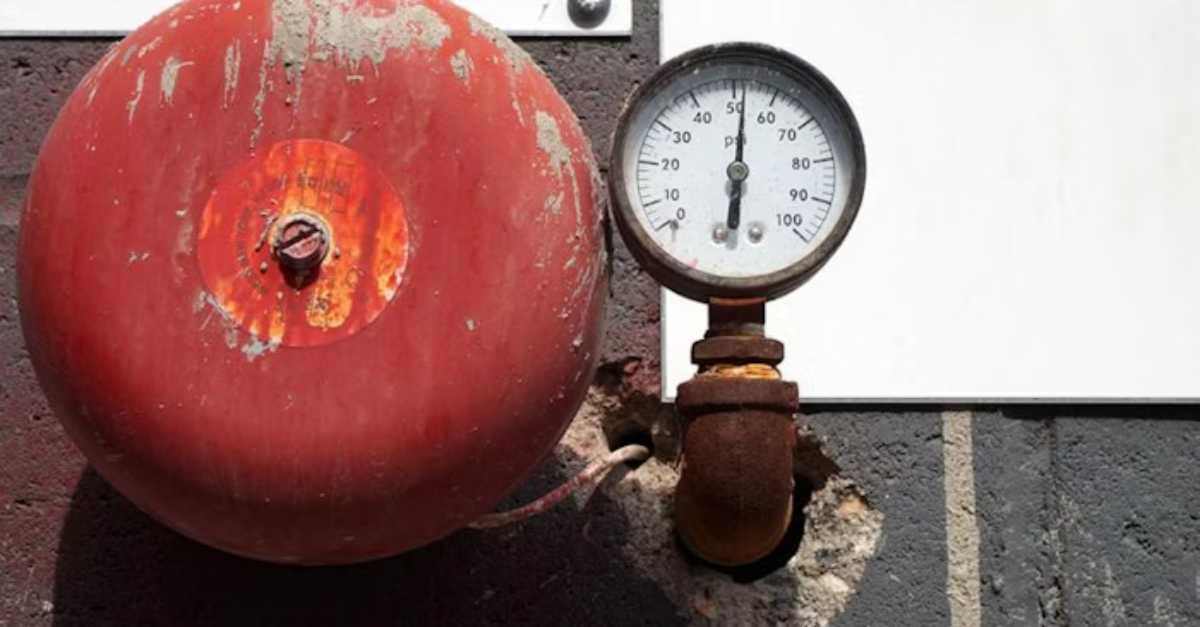
Why You Should Consider AEM Strategies for Your Healthcare Organization
Learn why it's time your healthcare maintenance team embraces the value of AEM strategies and considers how these strategies positively affect your ...
Solutions
Workplace Management Solutions
Real Estate Management Solutions
Maintenance Management Solutions
Energy Management Solutions
Engineering Document Management Solutions
Asset Management Solutions
Automate campus scheduling for classes, meetings, and exams with our EMS software.
Plan and manage conferences effortlessly with EMS software to impress guests and streamline operations.
Boost workplace flexibility and maximize space use with seamless desk and room booking.
Organize workplace or campus events smoothly, creating memorable experiences.
Optimize workspace, manage allocations efficiently, and reduce costs with our space management solutions.
Deliver projects on time and within budget by improving communication, collaboration, and efficiency with our software.
Streamline lease accounting for ASC 842, IFRS, and GASB compliance.
Manage leases efficiently by tracking key dates, analyzing costs, and ensuring compliance.
Centralize data and analytics for better insights, faster negotiations, and revenue growth.
Centralize facility and asset maintenance, automate work orders, and ensure compliance with our CMMS software.
Extend asset life, reduce downtime, and prevent costly repairs with data-driven monitoring.
Prevent equipment failures and extend asset life by detecting and addressing issues early.
Make sustainable, cost-efficient energy decisions by monitoring and optimizing power consumption.
Remotely monitor and control equipment with real-time data to predict issues, boost efficiency, and reduce downtime.
Easily share and collaborate on documents, creating a single source of truth for engineers and contractors.
Manage and analyze assets across their lifecycle to schedule maintenance, reduce downtime, and extend lifespan.
Improve visibility, automate work orders, and ensure compliance for efficient facility and asset management.
Resources
Browse our full library of resources all in one place, including webinars, whitepapers, podcast episodes, and more.
Support
Looking for access to technical support, best practices, helpful videos, or training tools? You’ve come to the right place.
About Accruent
Get the latest information on Accruent, our solutions, events, and the company at large.

Explore the standard of utility labeling, why it is important and how to appropriately label equipment in your facility.
The portal was designed to address the areas that frequently come up as non-compliant during surveys over the past few years. The first standard to be addressed is Utility Systems, or EC.02.05.01. In the portal for this standard, you can find examples of how you can improve compliance for EC.02.05.01.
Each of these is equally important to improve, but having control of your building means you have the proper labeling and critical mapping for your facility. Often, this can be overlooked – whether it’s because it’s an antiquated system or managed by the same senior technician for decades, who carries institutional knowledge of the facility utility system and often doesn’t provide written records.
However, when it comes to an emergency shutdown, the right labeling can ensure patient safety and care and minimize the impact to patients.
In my previous life as a director of plant operations, I encountered such an issue and learned that, without the appropriate labeling, our issues were magnified and of larger magnitude because it was a guessing game when it came to shutting off valves. Will this impact the entire system, a floor or a portion of the floor? Will this cause an improper shutdown, creating a catastrophic event? If you don’t have the right critical mapping of your facility and labeling, you’ll only know if you have to shut it off.
If you have a computerized maintenance management system (CMMS), you can easily implement a labeling project for your team. First, you can set up inspections to evaluate the current state of labeling. Following that, you can set up a labeling project to ensure that it adheres to Joint Commission Standards. In addition to the Joint Commission standards, the NFPA also has strict requirements for labeling. They outline several aspects of your labels, including key colors, naming conventions and the direction of flow arrows.
A space management solution, or CAFM, can complement your CMMS solution by offering a centralized location to host your Life Safety and utility management critical mapping drawings. In turn, you can plot full-size drawings or even print Life Safety drawings to place in your Statement of Condition (SOC) and critical mapping for your Joint Commission survey.
With the appropriate equipment labeling in place, you can ensure that you are able to react quickly to any issue that may arise, reducing your risk to causing damage to critical and expensive equipment as well as continuing to ensure quality patient care.
Learn why it's time your healthcare maintenance team embraces the value of AEM strategies and considers how these strategies positively affect your ...
Discover how applying problem code analysis can improve the reliability and safety of healthcare equipment, reducing the risk of unexpected failures.
Learn how to ensure preventative maintenance compliance during a state of emergency including programs, waivers, and temporary compliance.
Subscribe to stay up to date with our latest news, resources and best practices.
* To unsubscribe at any time, please use the “Unsubscribe” link included in the footer of our emails.